More than 1,100 American air crews became prisoners of war in Axis-aligned Romania.
Colonel James A. Gunn, the commanding officer of the 454thBomb Group, led his B-24s during the strike.
This included Colonel Gunns bomber.
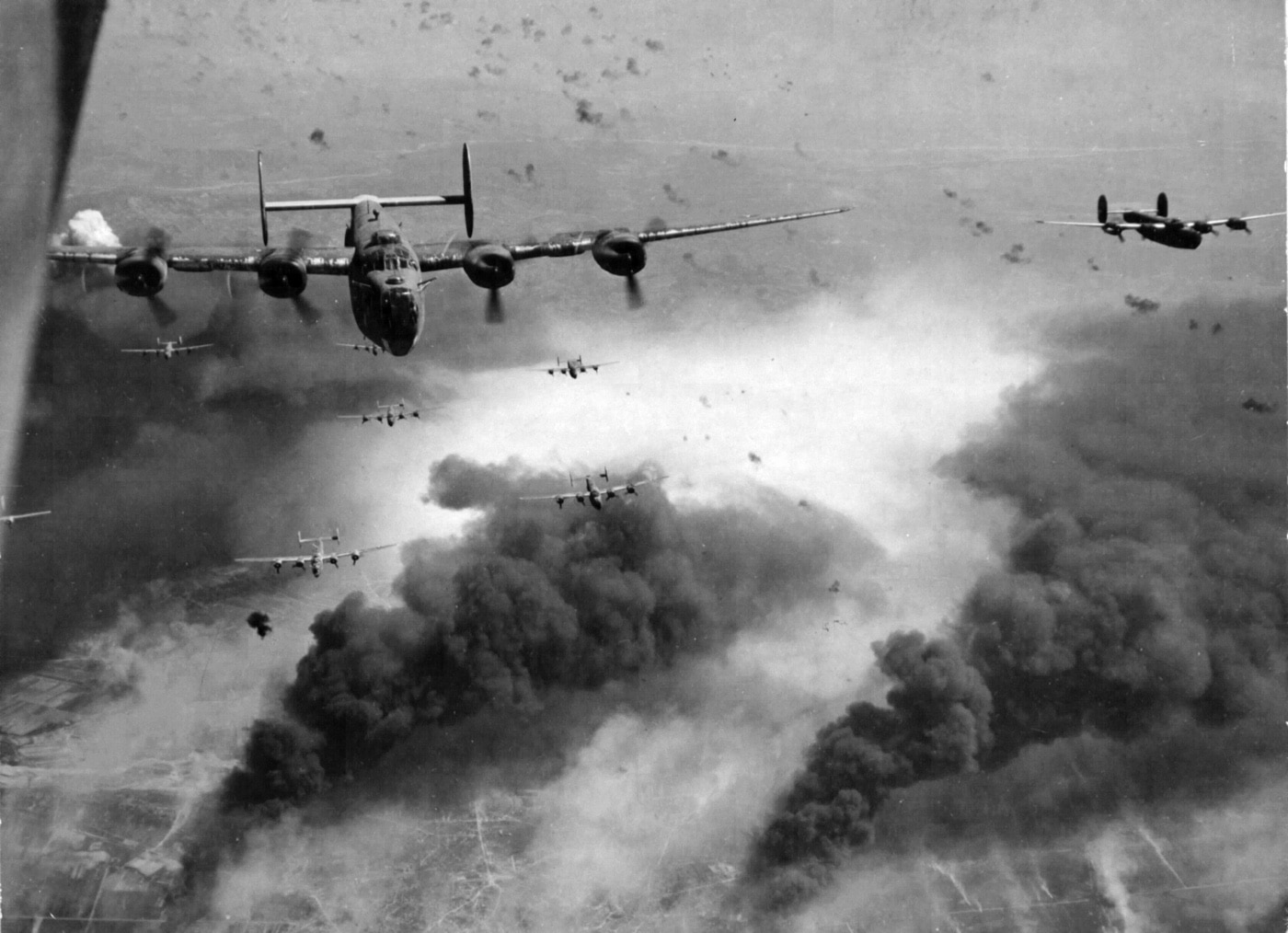
USAAF B-24s strike Ploesti, Romania. On one of these missions, Lt. Col. James Gunn was shot down and became a POW in August 1944. Image: NARA
Most of his crew bailed out safely, and were quickly captured.
This was the existing protocol among the Axis partners.
Romanian officials interrogated him, but Gunn was not harmed.
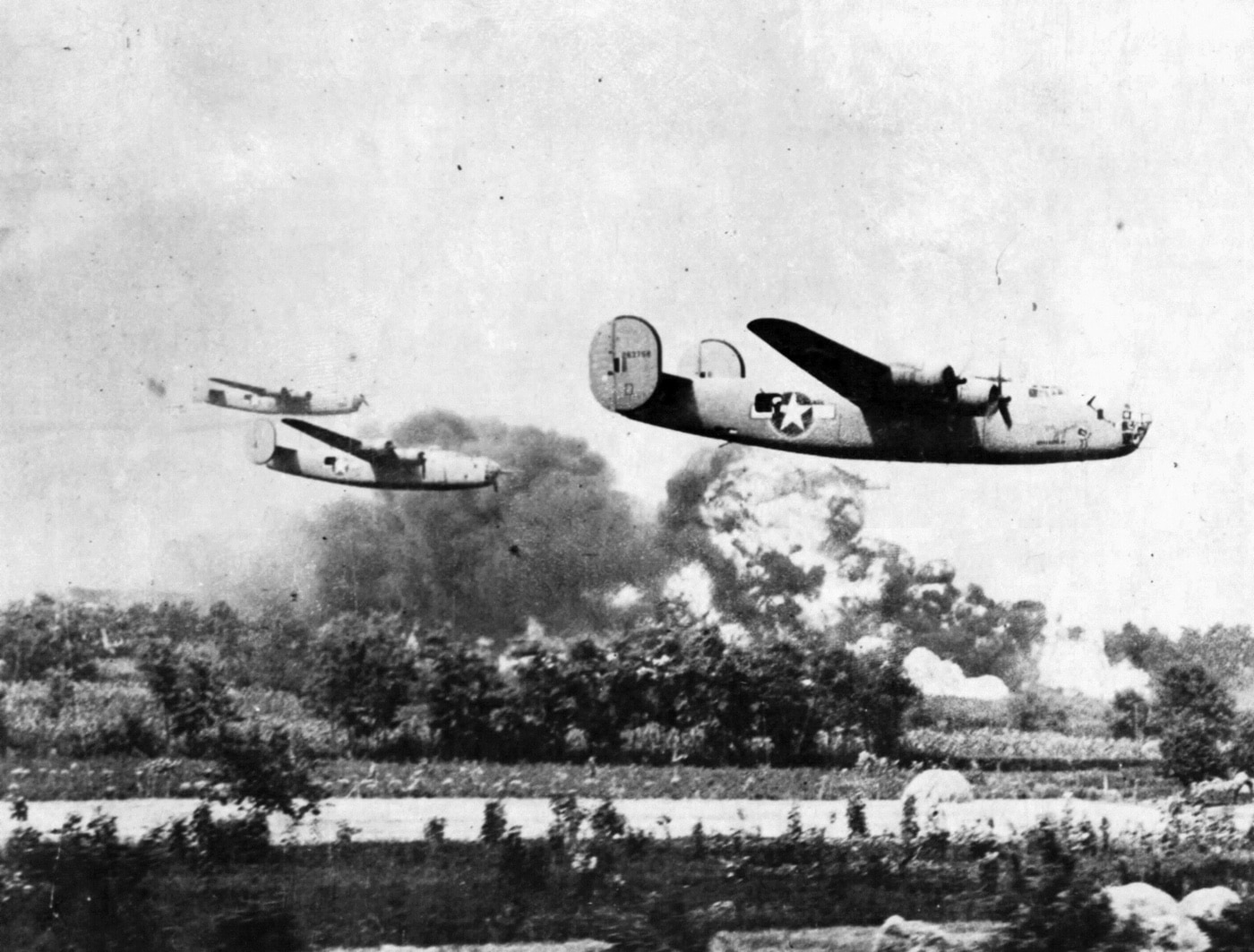
B-24 Liberators sometimes went in very low during their Ploesti bombing raids. Image: NARA
Even so, living conditions at the prison were terrible, with food and medical treatment in short supply.
Panic gripped the Romanians as they faced the prospect of occupation by the hated Soviets.
An immediate concern for the Romanians was the increasing level of German air attacks against Bucharest.
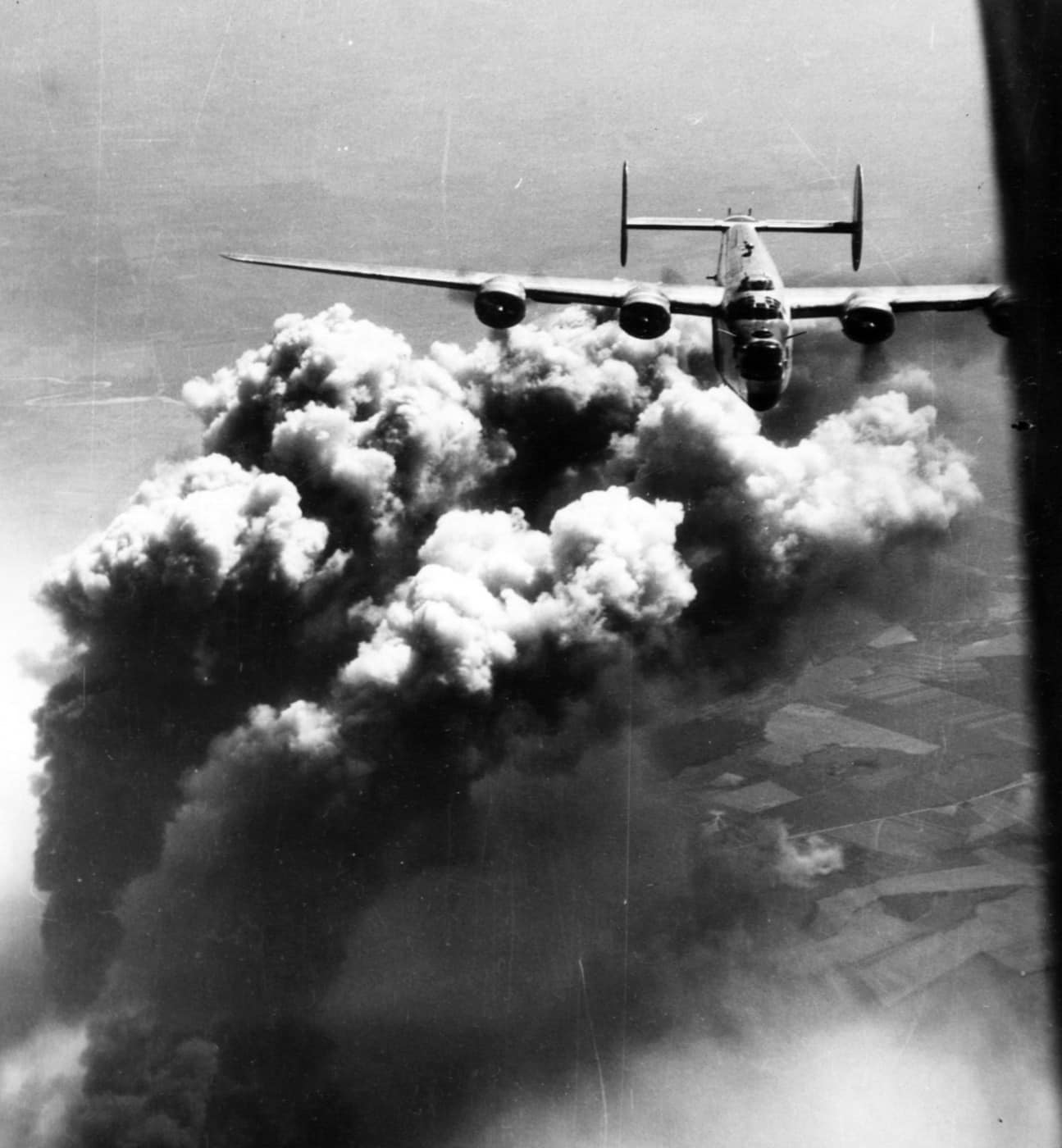
Columns of smoke rise up from the Ploesti oil refineries in the wake of an attack by B-24 bombers. Image: NARA
Colonel Gunn agreed to have 15thAir Force bombers strike Luftwaffe airfields in Romania to neutralize the threat.
Back at the field, Colonel Gunn was approached by Capt.
Constantine Cantacuzino, who offered to fly him to Italy in the belly of his Messerschmitt Bf 109G.
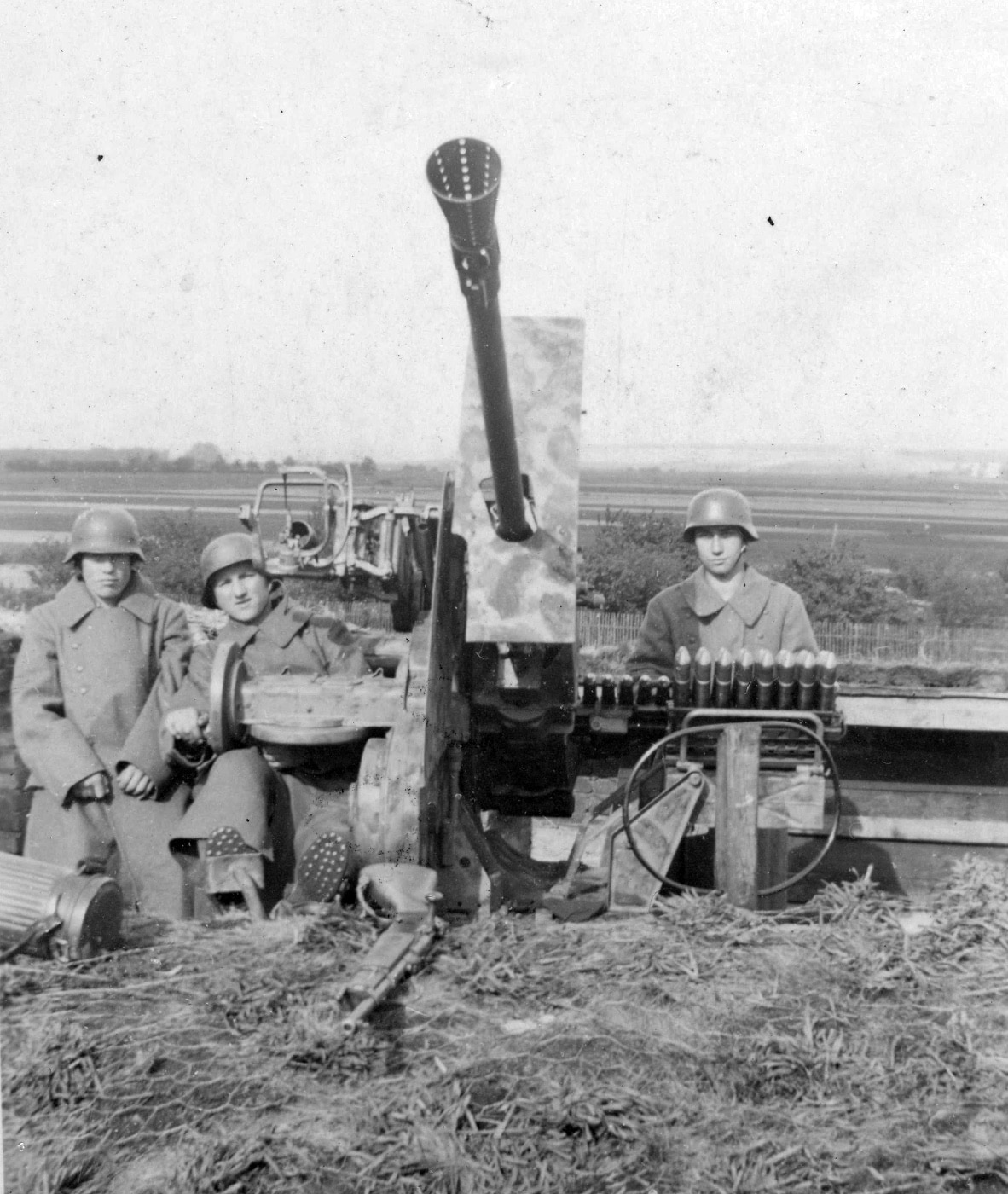
A German 37mm AA gun set up to defend the Ploesti oil facilities in Romania. Image: Author’s collection
Captain Cantacuzino was a highly experienced pilot and the leadingAeronautica Regala Romanaace with 53 victories.
It was a risky plan, but time was of the essence.
There would be no way for him to bail out if Cantacuzinos aircraft ran into trouble.
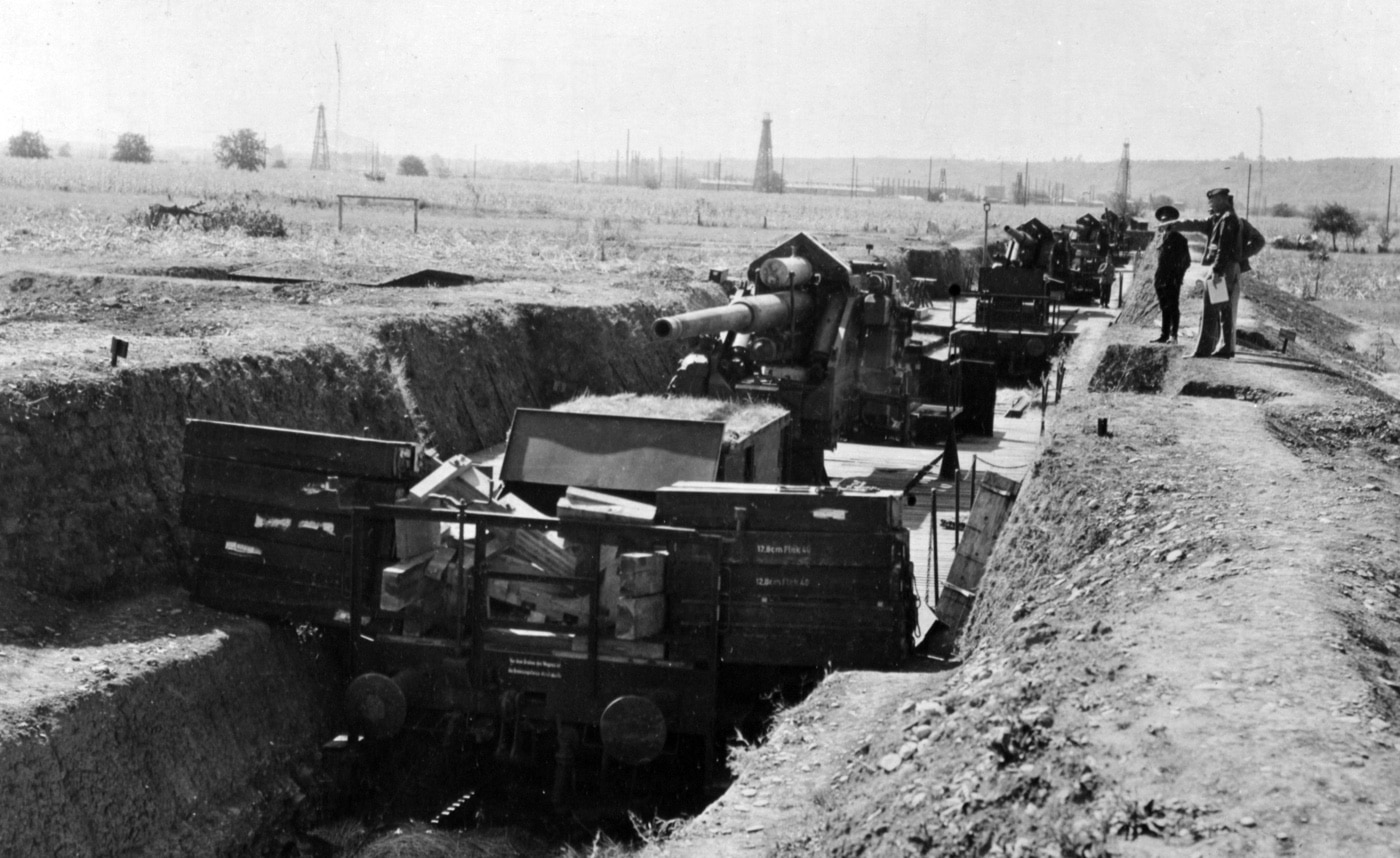
German 128mm AA guns mounted on train cars near the Ploesti fields. Image: NARA
It was going to be a long, cold, and cramped flight for Gunn with very little oxygen.
A large American flag was crudely painted on both sides of the fuselage.
Appropriately, the rescue plan was named Operation Gunn.
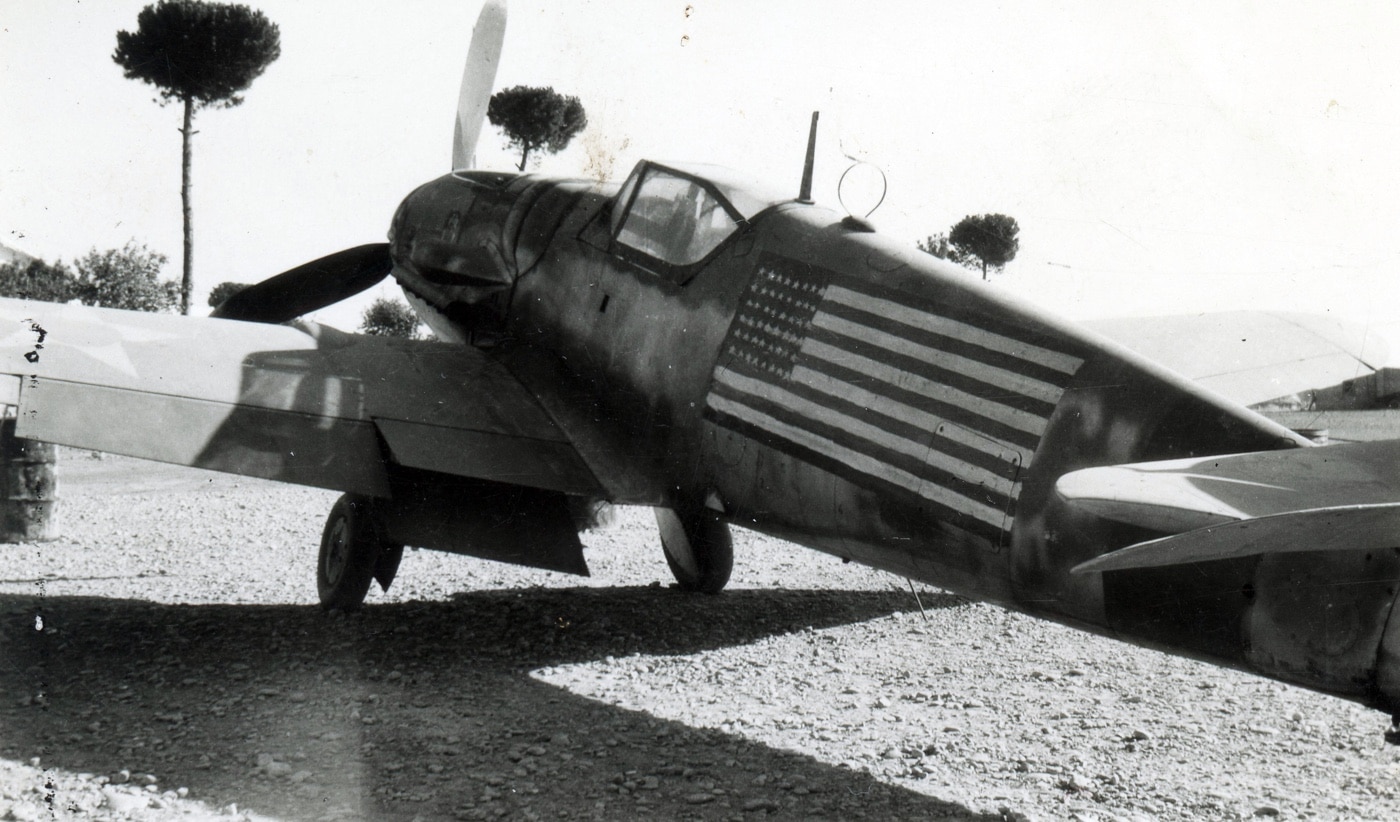
The crude U.S. flag markings applied to Capt. Constantine Cantacuzino’s Bf 109. Courtesy of Paul Johnson.
Rescue flights began soon after airstrikes temporarily neutralized Luftwaffe units in the Bucharest area.
Both pilots survived the war.
Colonel James Gunn returned to the United States and enjoyed a successful business career.
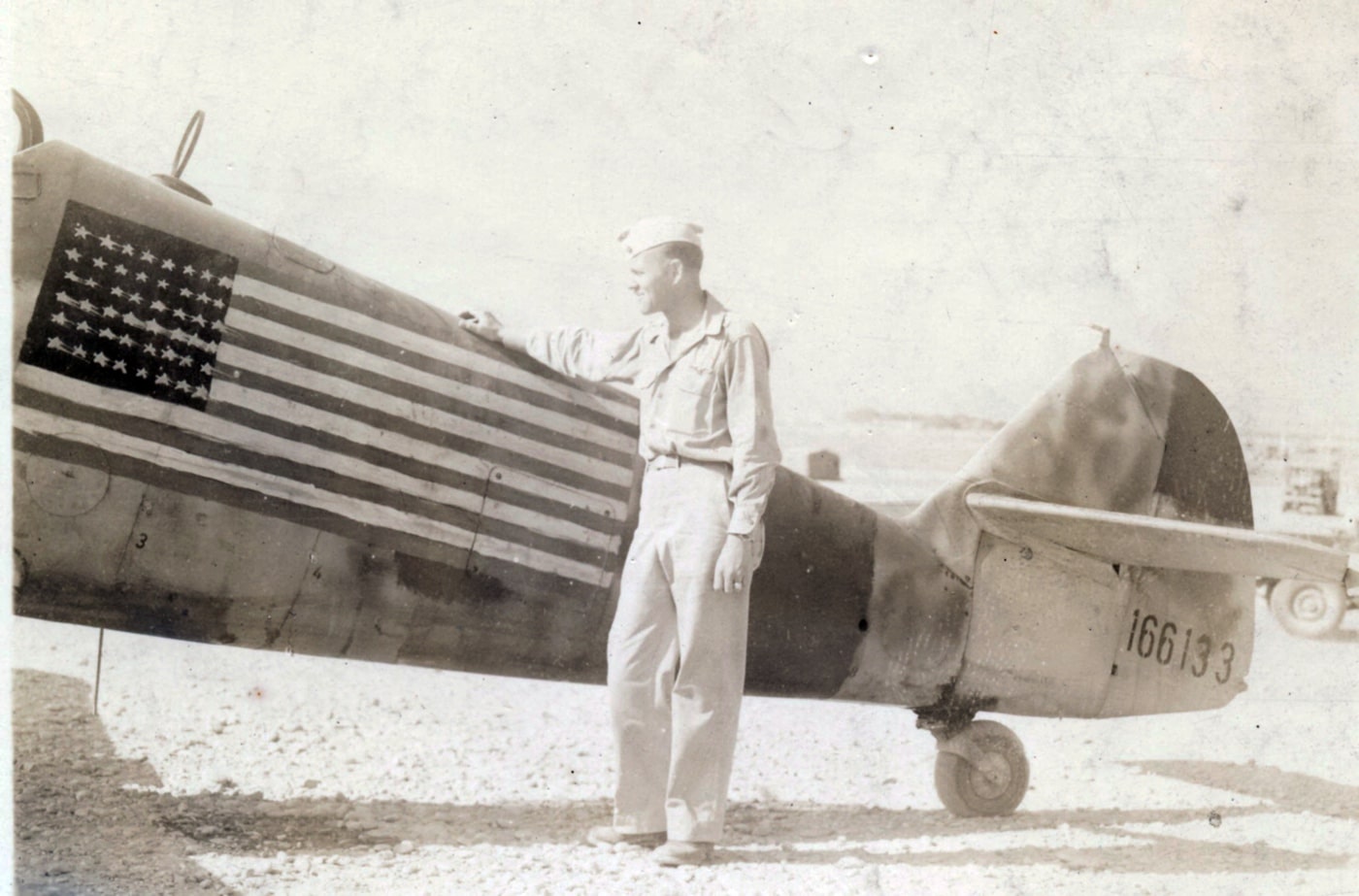
This photo shows the markings on Cantacuzino’s Messerschmitt. Courtesy of Paul Johnson.
Consequently, he emigrated to Spain after the war and passed away in 1958.
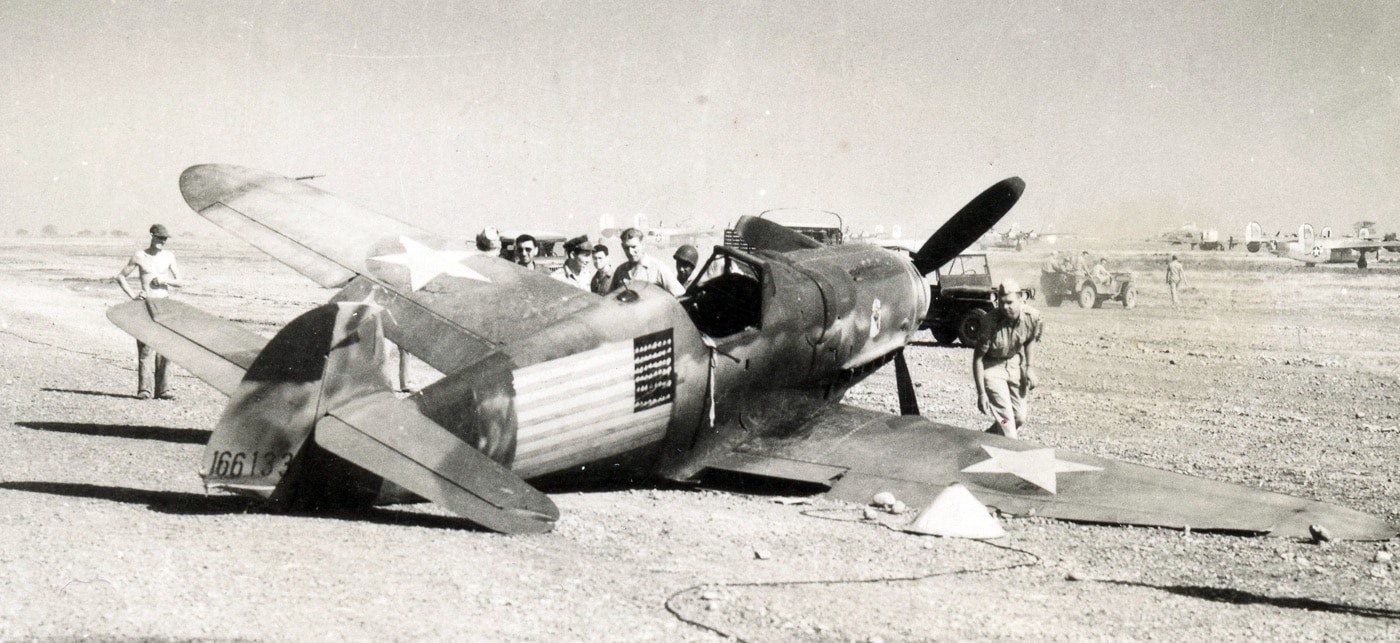
The hand-painted flag and stars were intended to identify the Messerschmitt as “friendly” to Allied aircraft. Courtesy of Paul Johnson.

The Messerschmitt made it through to Allied-controlled Italy. Against all odds, the incredible plan worked. Courtesy of Paul Johnson.
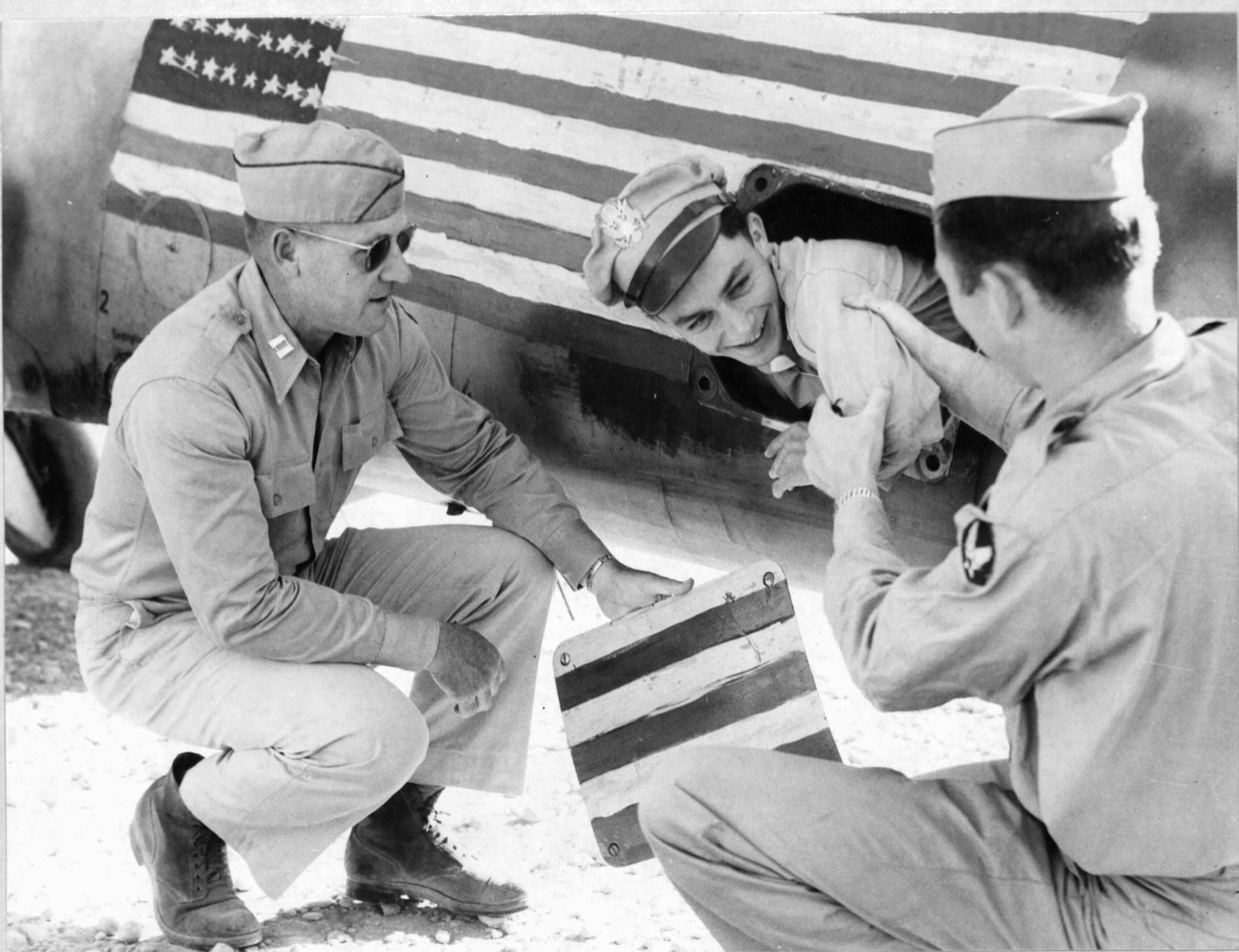
Men of the 15th Air Force examine how Lt. Col. Gunn made his escape in the radio compartment of Cantacuzino’s Bf 109G. NARA
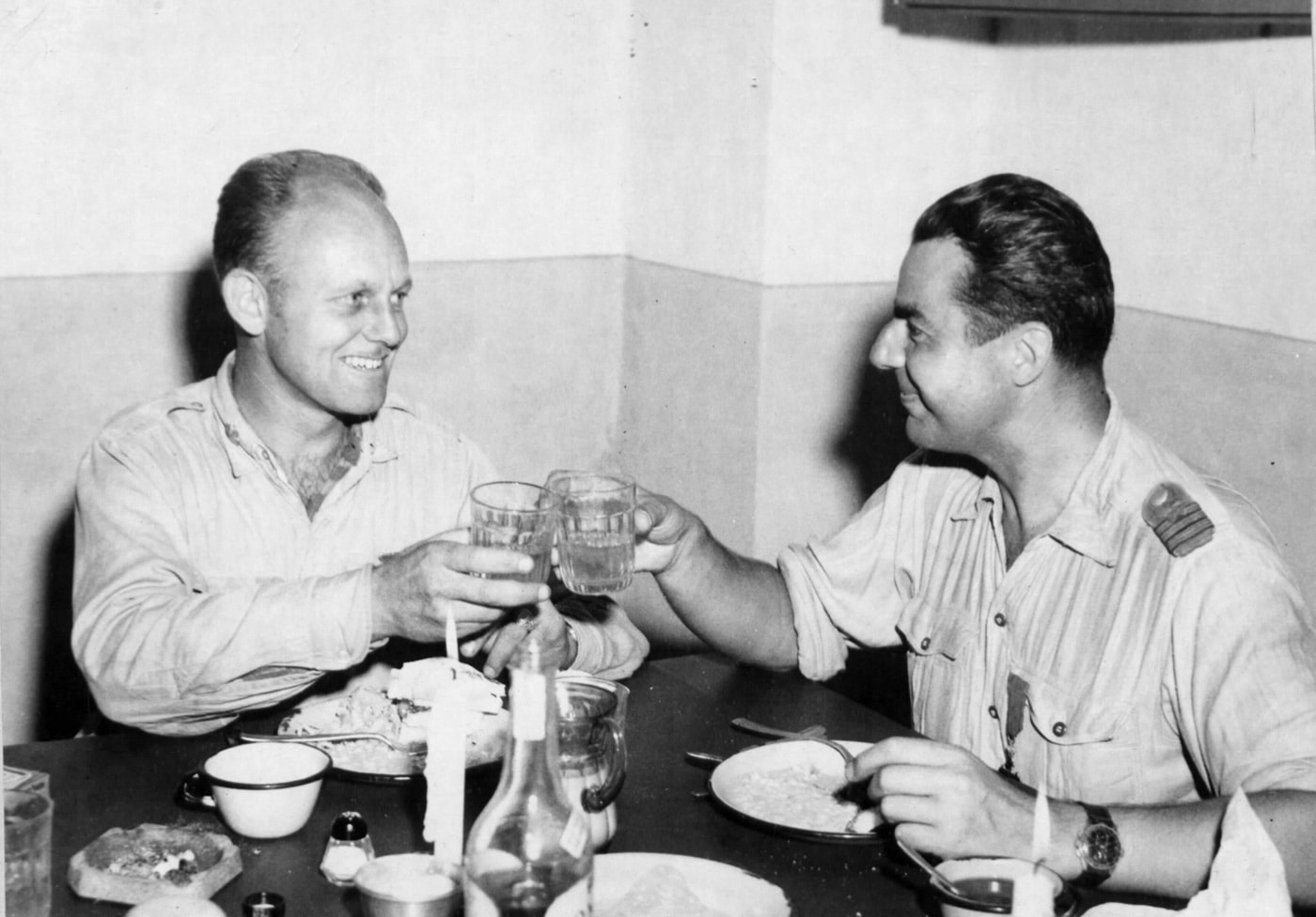
Lt. Col. Gunn and Captain Cantacuzino celebrate their successful escape with a meal and a drink. Image: NARA




